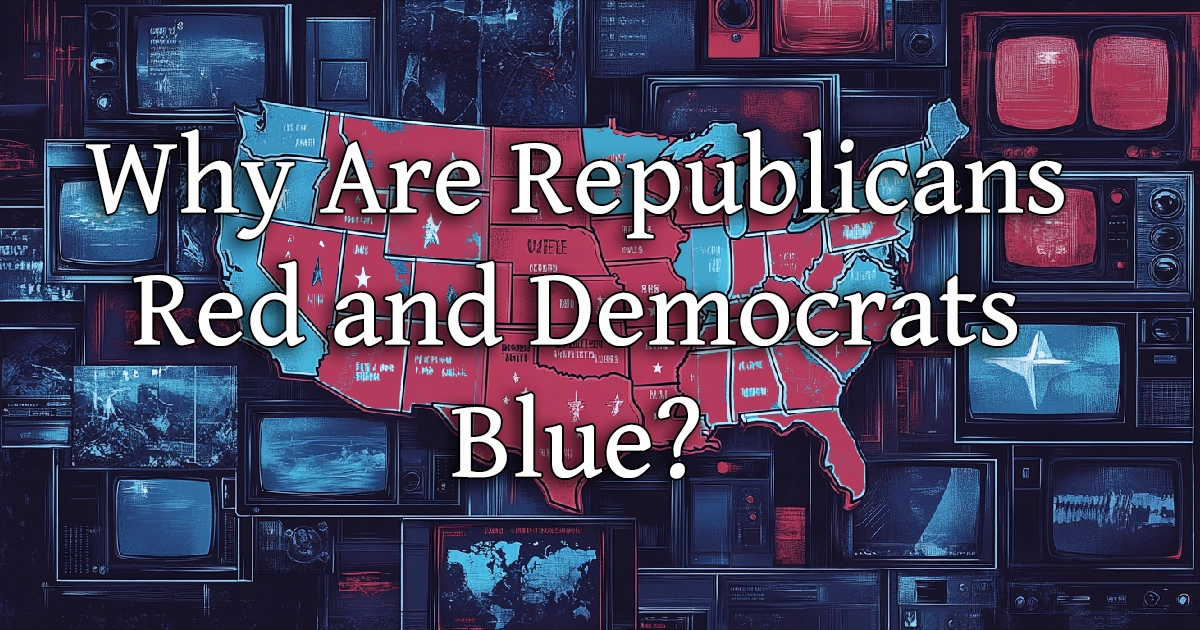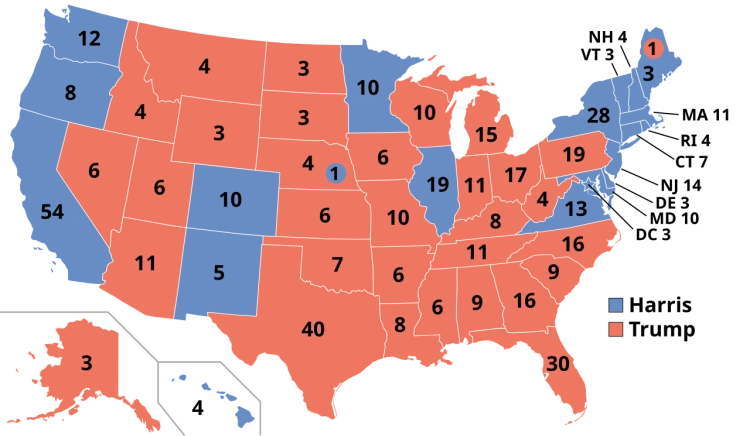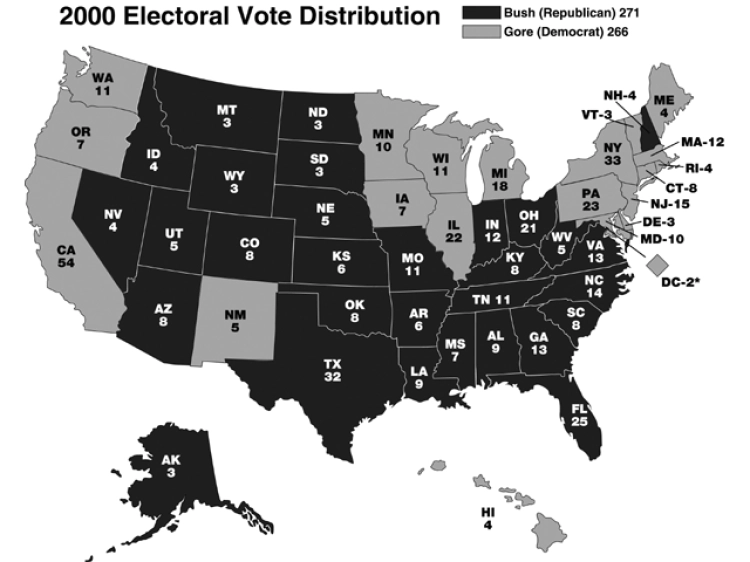

If you've ever watched U.S. election coverage, you've likely noticed the consistent use of red to represent Republicans and blue for Democrats. But have you ever wondered why those colors are used and when this tradition started? Surprisingly, red and blue originally had nothing to do with political parties. Here's the fascinating history of how these colors came to symbolize America's two major political factions.

Before the advent of televised election maps, newspapers and printed publications often relied on black-and-white maps with hatching or patterns to distinguish between political parties. Some outlets experimented with adding red or blue to their maps, but there was no consistency in which color represented which party. Instead, early U.S. political campaign materials often used symbols, animals, or slogans to signify parties, making the color association we see today a relatively modern development.

The modern association of red and blue with political parties dates back to October 1976, when NBC debuted the first full-color electronic electoral map. At the time, they chose blue to represent the incumbent party and red for the challenger. Since Republican Gerald Ford was the incumbent during that election, the states projected to vote for him were marked blue, while the states leaning toward Democrat challenger Jimmy Carter were colored red.
This system wasn’t universally adopted right away. By the 1980 presidential election, other TV networks like ABC and CBS created their own electronic electoral maps, but they didn’t follow NBC’s color scheme. For example, during Ronald Reagan’s landslide victory over incumbent Jimmy Carter, NBC showed a map dominated by red, while ABC’s map was overwhelmingly blue.
For years, there was no standardization in how red and blue were assigned. The colors changed based on the incumbent party and varied between networks. This inconsistency lasted until the hotly contested 2000 presidential election between George W. Bush and Al Gore. The drawn-out election results and media coverage created confusion, as different networks used differing color schemes for “red states” and “blue states.”
The growing influence of 24-hour news networks like CNN and Fox News played a significant role in standardizing these colors. As these networks covered the recount and legal battles, viewers became accustomed to seeing consistent red and blue designations for states. To avoid further confusion, media outlets agreed to adopt a uniform system, eventually deciding on blue for Democrats and red for Republicans.
By the 2004 election, the terms “red state” and “blue state” had become entrenched in the public consciousness. The original idea of coloring maps based on the incumbent and challenger was abandoned. Instead, the media permanently linked red to Republicans and blue to Democrats, cementing the color association we see today.
The association of colors with political ideologies isn’t unique to the United States. In many countries, red symbolizes left-leaning or socialist movements, while blue often represents conservatism. The U.S. stands out as an exception to this rule, where the Republican Party (a conservative party) adopted red, while the Democratic Party (a liberal party) adopted blue. This reversal is largely a historical accident tied to media choices rather than ideological alignment.
Many wonder why Republicans—a party typically seen as opposing socialism or communism—use the color red, often symbolic of those ideologies. The answer lies in historical coincidence. The initial decision to assign red for challengers and blue for incumbents was purely arbitrary, with no ideological significance. Over time, however, the meanings evolved, and today, the association feels natural.
Interestingly, Republicans have embraced the color red in modern times. Terms like “red wave” are now used to describe strong Republican performances in elections, and campaign materials often prominently feature the color.
As the U.S. approaches another major election, the red-and-blue divide continues to dominate political discourse. These colors don’t just represent states on a map—they symbolize deeply rooted political ideologies and cultural identities. From the maps on election night to the language of political commentary, red and blue are now inseparable from the story of American politics.